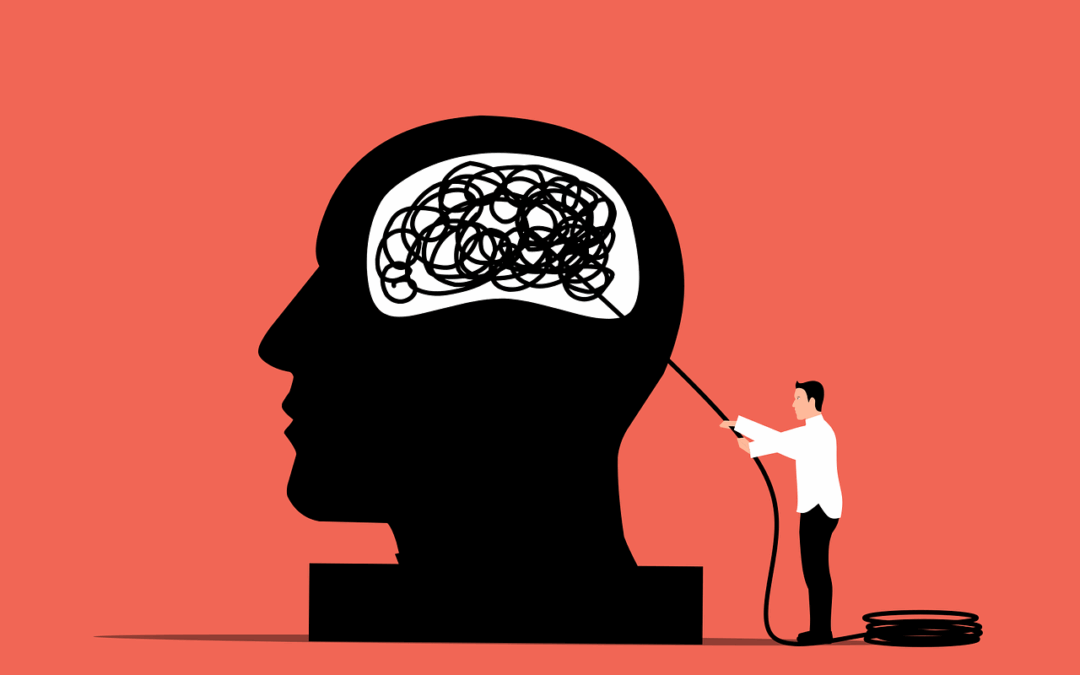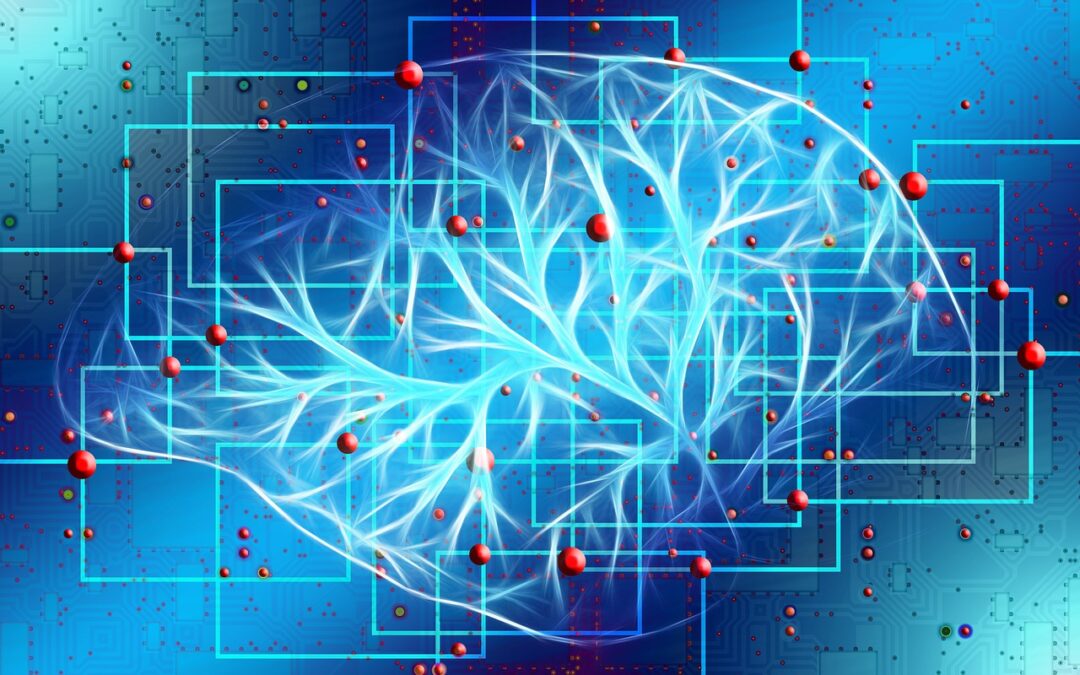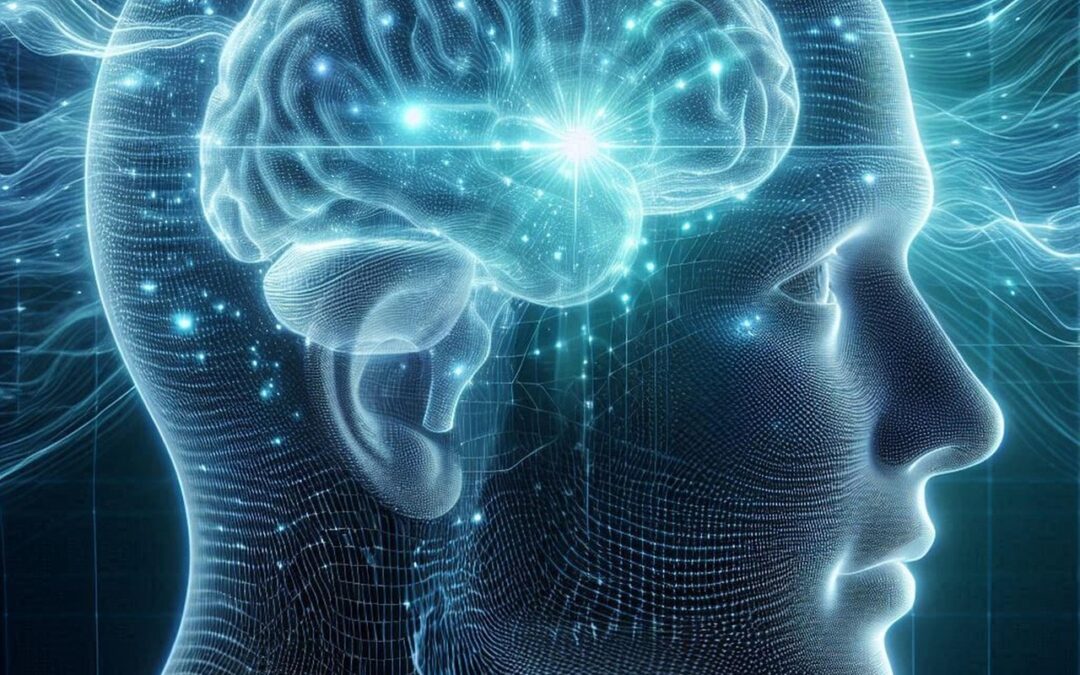
Ibogaine: Exploring the Potential and Perils of a Psychedelic Therapy
The Enigmatic Alkaloid Ibogaine, a naturally occurring psychoactive compound extracted from the root bark of the Tabernanthe iboga shrub native to West Africa, has garnered attention for its purported ability to interrupt substance use disorders, particularly opioid...

Behavioral Therapy: All You Need To Know About Behavioral Therapy
The Power of Behavior-Oriented Change Behavioral Therapy (BT) is grounded in the principle that observable actions, rather than unobservable thoughts, drive human behavior. Originating in the early 20th century through the pioneering work of psychologists like Ivan...

Substance Use Disorders: Understanding the Science, Risks, and Recovery
Defining Substance Use Disorders: A Chronic Disease of the Brain Substance Use Disorders are not mere lapses in self-control or moral failure—they are recognized as chronic, relapsing brain disorders characterized by compulsive drug-seeking and use, even in the...

Cognitive Behavioral Therapy (CBT): Unveiling the Depths of a Transformative Approach
The Evolution of CBT Cognitive Behavioral Therapy (CBT) stands as a cornerstone in the realm of psychological interventions, renowned for its structured, goal-oriented approach to addressing a myriad of mental health issues. Emerging in the 1960s through the...

Mescaline: Exploring the Science, History, and Therapeutic Potentials
Mescaline's Enduring Legacy Mescaline, a naturally occurring psychedelic compound, has been used for millennia in spiritual and healing ceremonies by Indigenous cultures, particularly in the Americas. Derived primarily from cacti such as peyote (Lophophora williamsii)...

MDMA-Assisted Therapy: Revolutionizing Trauma Treatment with Empathy and Neuroscience
The Rebirth of a Controversial Molecule MDMA, often associated with rave culture and known colloquially as “ecstasy” or “molly,” is undergoing a remarkable transformation—from party drug to groundbreaking therapeutic tool. Once criminalized and stigmatized, MDMA is...

Phencyclidine (PCP): Exploring the Science, Dangers, and Myths of a Powerful Dissociative Drug
The Chemical That Rewrote the Rules of Consciousness Phencyclidine, more commonly known as PCP or angel dust, is one of the most controversial and misunderstood substances in the history of psychopharmacology. Initially developed in the 1950s as a promising surgical...

Psilocybin: Unlocking the Therapeutic and Mystical Potential of Nature’s Psychedelic
Rediscovering Psilocybin in the Age of Neuroscience Psilocybin, the active compound in so-called “magic mushrooms,” has captivated shamans, scientists, and spiritual seekers for centuries. While its historical use spans indigenous rituals and tribal healing...

Inside the Mind’s Mirror: Exploring the Default Mode Network (DMN)
What Is the Default Mode Network and Why Does It Matter? The human brain is never truly at rest. Even in moments of stillness—when you're not solving a problem, not speaking, not physically moving—your brain remains highly active. This background activity is largely...

Recreational Dissociative Drugs: The Science, the Risks, and the Fascination Behind Disconnection
Dissociation as a Recreational Experience Recreational dissociative drugs are substances that induce a detached or disconnected state of consciousness, often described as out-of-body experiences, depersonalization, or even complete ego dissolution. Unlike classic...
